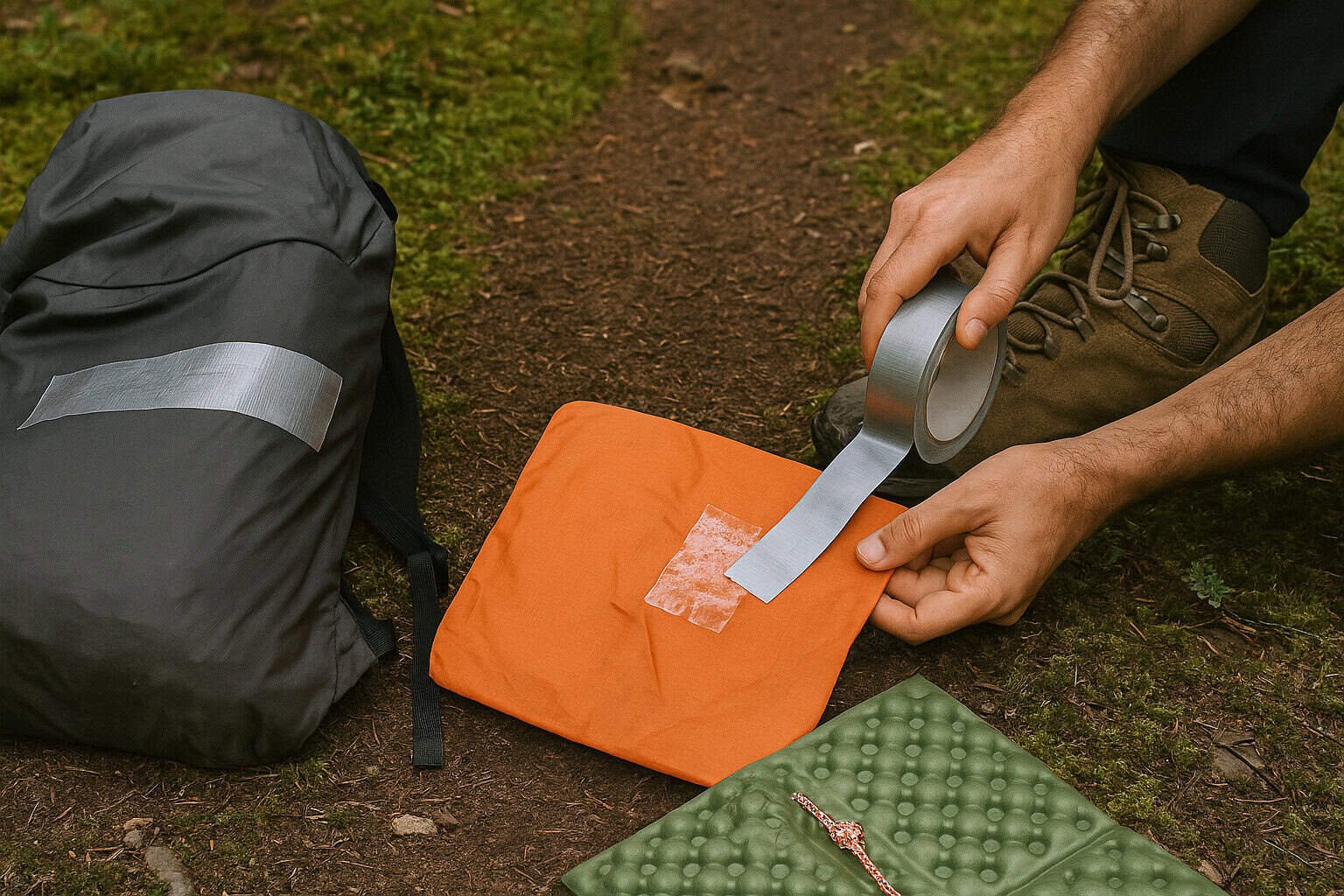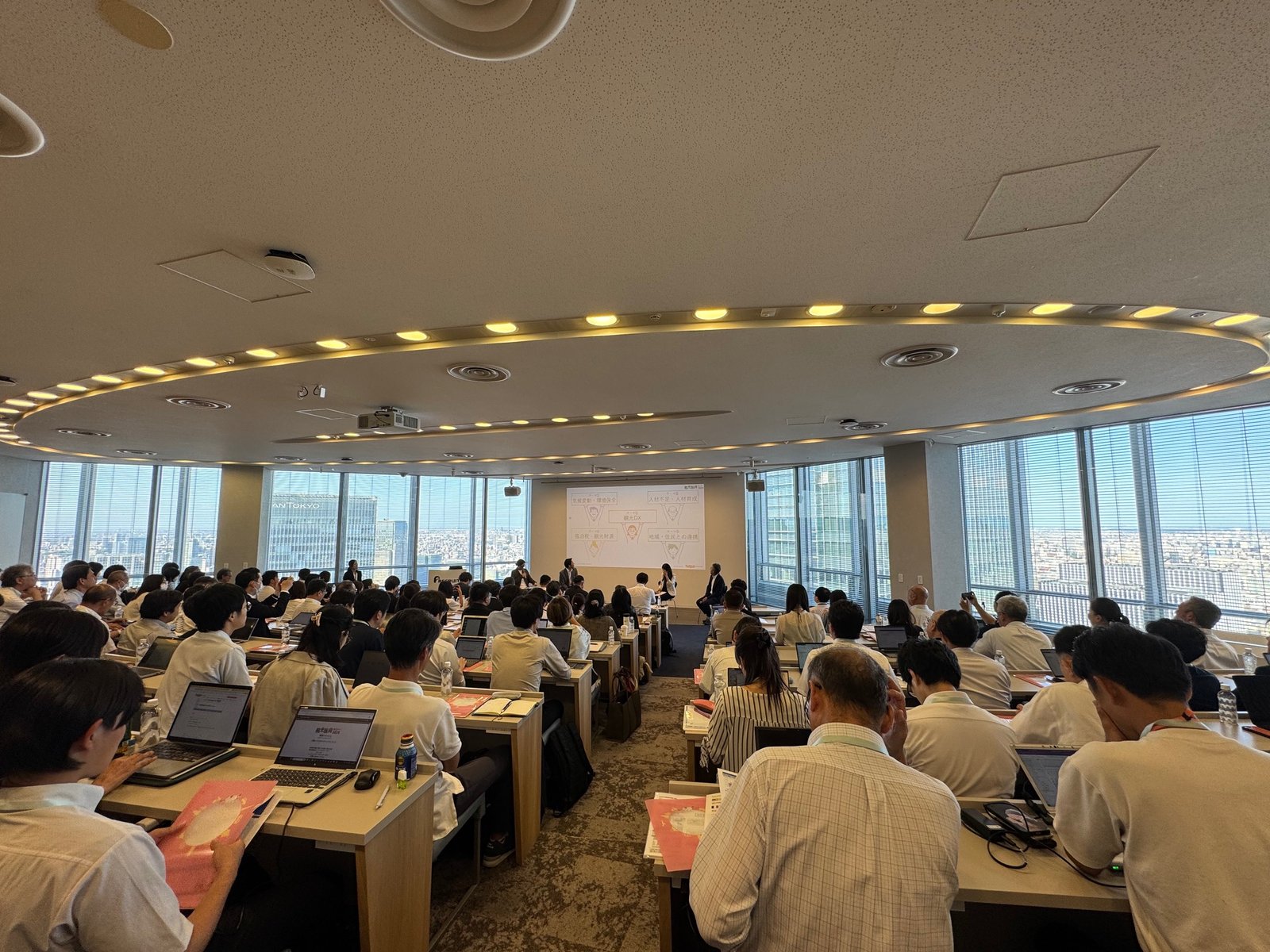Solo Travellers
DIY Gear Repairs on the Trail: Fixes with Duct Tape, Cord, etc

Solo Travellers
Tracee Ellis Ross celebrates travelling alone in new show

Tracee Ellis Ross may have perfected the art of travelling alone. In her new docuseries, Solo Traveling with Tracee Ellis Ross, she shows herself preparing for trips to Marrakech, Morocco; Cancún, Mexico; and Marbella, Spain.
Two things are clear. First, the woman is not a minimalist — she packs for every scenario as well as for her own comfort. And second, fashion is essential. Ross stocks multiple suitcases with shoes and clothes, many in statement colours, patterns and silhouettes, and all chosen for their ability to bring her joy.
“I am sharing my particular version of solo travel, which is not about adventure,” she explains in one episode. “It’s about how I can experience my own company in a joyful, holistic way — while still being in beautiful places and discovering new things.”
The actress, 52, first travelled alone in her 20s. She was a model in the early 1990s (which could explain the fashion fixation) and went on to star in the TV shows Girlfriends and Black-ish.
But it’s in Solo Traveling with Tracee Ellis Ross, now streaming three episodes on The Roku Channel, where she lets viewers see her as she is in real life: vulnerable yet vibrant. Sometimes Ross muses about being single, childless and occasionally lonely. Other times, she’s feeling fabulous and revelling in it.
In Marrakech, for example, she shops for rugs crafted by the Berber tribe. In Marbella, she samples artisan olive oils. In Cancún, she dons bright pink spandex for tennis — later it’s a red bikini for swimming in the rain.
That’s not to say everything goes smoothly. Downpours in Cancún mean indoor pursuits, and a raccoon raids the fruit in her room. Then en route to Marbella, Ross gets food poisoning. She’s bed-bound and eats rice cakes for supper. Phone calls to her brother and mother (singer Diana Ross) help her through.
For Ross, it’s all part of adapting to whatever life brings.
“So much of what travelling is about is, for me, not waiting for something in order to walk towards my life, in order to be in my life, in order to experience my life,” she says.
Ross then reflects on the time Oprah Winfrey called her the poster child for singledom.
“I don’t want to be that,” she explains. “I want to be the poster child for being an inhabitant in your own skin. For living in your own skin.”
Solo Travellers
Jalan Research Center shares the latest domestic travel trends in Japan, showing increases in ‘solo traveling’ and ‘local experiences and interactions’

Jalan Research Center recently shared the results of ‘domestic travel trends 2025 survey’ in ‘Tourism Promotion Seminar 2025’ for local governments and DMOs.
The survey finds that the ratio of Japanese people who traveled in Japan in FY2024 ending March 31 2025 was 49.3%, slightly lower than 49.5% in FY2023. By generation, 40s or younger travelers reduced, while 70s travelers increased by 5 points. For people earning 4 million yen or more, domestic travelers increased, with the exception of those earning 8 million yen to 10 million yen. For those earning less than 4 million yen, domestic travelers decreased.
The average travel frequencies were 2.76 times a year, almost the same frequencies as a year ago. The total number of domestic travelers was 128 million, and the total number of nights was estimated at 223 million.
By prefecture, Tokyo had the most overnight travelers at 11.5 million. The highest growth of overnight travelers was found in Nagano (+410,000), followed by Hokkaido (+290,000) and Niigata (+240,000). In terms of growth rate, the highest was found in Ibaraki (+14.2%), followed by Okayama (+10.0%) and Niigata (+9.4%).
Travel cost rose, and young male travelers spent more in destinations
The average travel cost increased from 60,600 yen a traveler to 64,100 yen a traveler. Accommodation and transportation cost and local spending increased to 37,000 yen and 27,100 yen respectively. In terms of local spending, 18 to 29 years old travelers spent more money in destinations than other age segments did, and spending by 18 to 29 years old male travelers was 31,900 yen, much higher than other age segments.
The total amount of travel expenditure was estimated to increase by 3.4% to 8.2 trillion yen, out of which 7.2 trillion yen were expended by individual travelers. Local spending accounted for 42.4% of the total travel expenditure.
When asked why they did not take a domestic overnight trip in the past year, there was a slight increase from the previous year in the reasons given: “I couldn’t spend money on travel due to financial constraints” (22.0%) and “I was worried about the future and wanted to cut down on expenses” (8.9%).
Young travelers have higher interests in local experiences and interactions
The survey results also shows that 18% of the respondents chose ‘solo traveling’ as travel companion, and the ratio was particularly high among 18 to 29 years old male travelers and 50s male travelers. Jalan Research Center researcher pointed out that the trend results from an increase in unmarried people, saying that solo travelers will increasing in the future as a typical travel style of Japanese people.
The survey results discovers that both male and female travelers of 18 to 29 years old had high interests in local experiences and interactions, and also among 30s and 40s male travelers, the ratios were high.
The satisfaction rate was down 1.7 points overall, and the reduction rate was especially high at 4.9 points among 18 to 29 years old travelers.
Solo Travellers
Social Spotlight: Women Travel Solo – FOX 13 Tampa Bay

Social Spotlight: Women Travel Solo FOX 13 Tampa Bay
Source link
-

 Brand Stories2 weeks ago
Brand Stories2 weeks agoBloom Hotels: A Modern Vision of Hospitality Redefining Travel
-

 Brand Stories1 week ago
Brand Stories1 week agoCheQin.ai sets a new standard for hotel booking with its AI capabilities: empowering travellers to bargain, choose the best, and book with clarity.
-

 Destinations & Things To Do2 weeks ago
Destinations & Things To Do2 weeks agoUntouched Destinations: Stunning Hidden Gems You Must Visit
-

 Destinations & Things To Do1 week ago
Destinations & Things To Do1 week agoThis Hidden Beach in India Glows at Night-But Only in One Secret Season
-

 AI in Travel2 weeks ago
AI in Travel2 weeks agoAI Travel Revolution: Must-Have Guide to the Best Experience
-

 Brand Stories1 month ago
Brand Stories1 month agoVoice AI Startup ElevenLabs Plans to Add Hubs Around the World
-

 Brand Stories4 weeks ago
Brand Stories4 weeks agoHow Elon Musk’s rogue Grok chatbot became a cautionary AI tale
-

 Brand Stories2 weeks ago
Brand Stories2 weeks agoContactless Hospitality: Why Remote Management Technology Is Key to Seamless Guest Experiences
-

 Asia Travel Pulse1 month ago
Asia Travel Pulse1 month agoLooking For Adventure In Asia? Here Are 7 Epic Destinations You Need To Experience At Least Once – Zee News
-

 AI in Travel1 month ago
AI in Travel1 month ago‘Will AI take my job?’ A trip to a Beijing fortune-telling bar to see what lies ahead | China

You must be logged in to post a comment Login